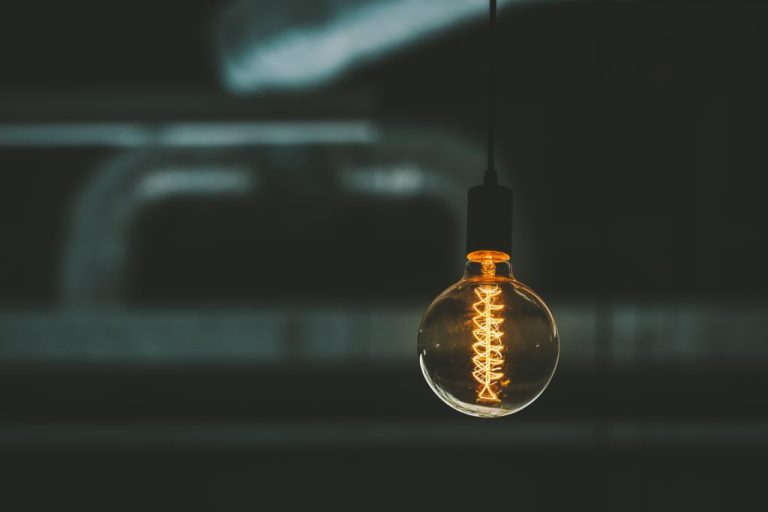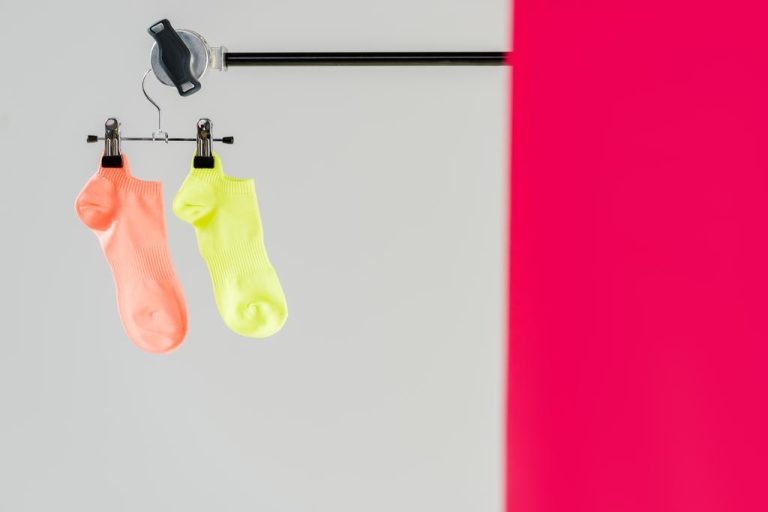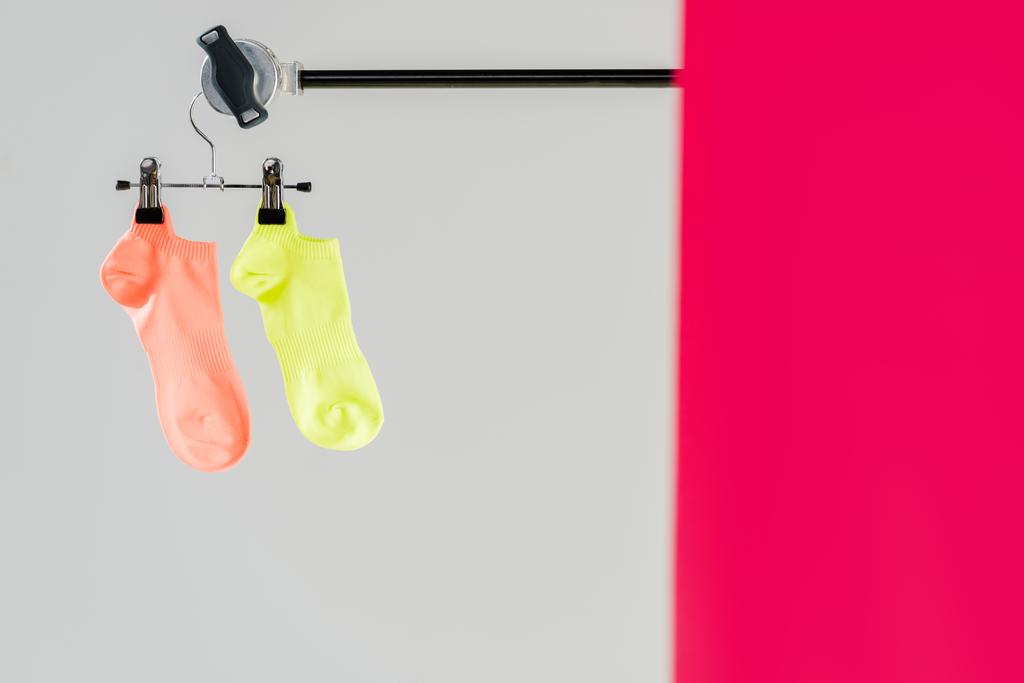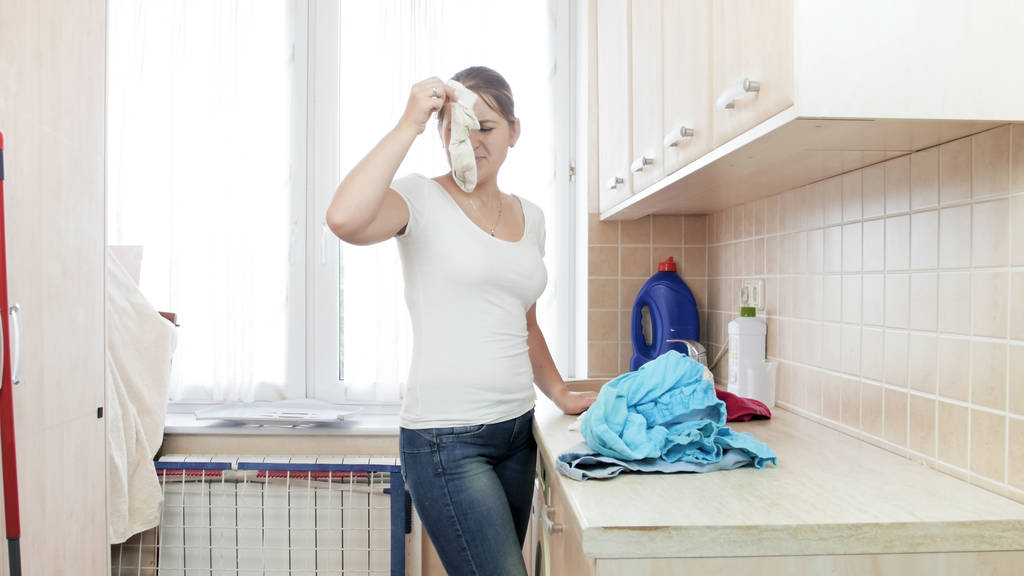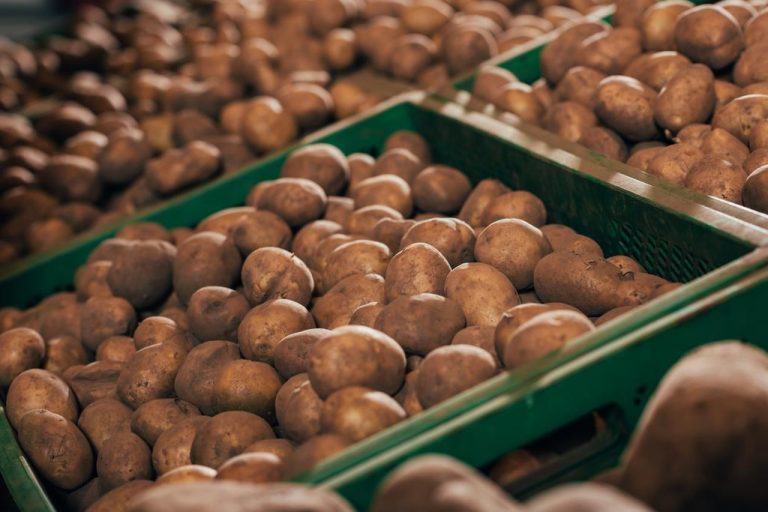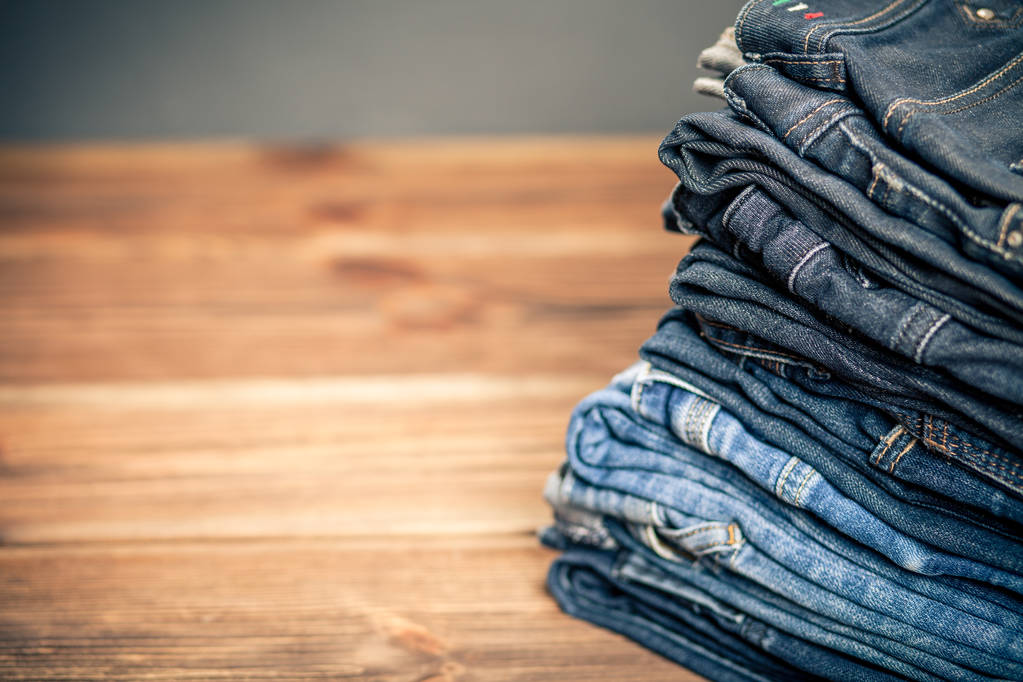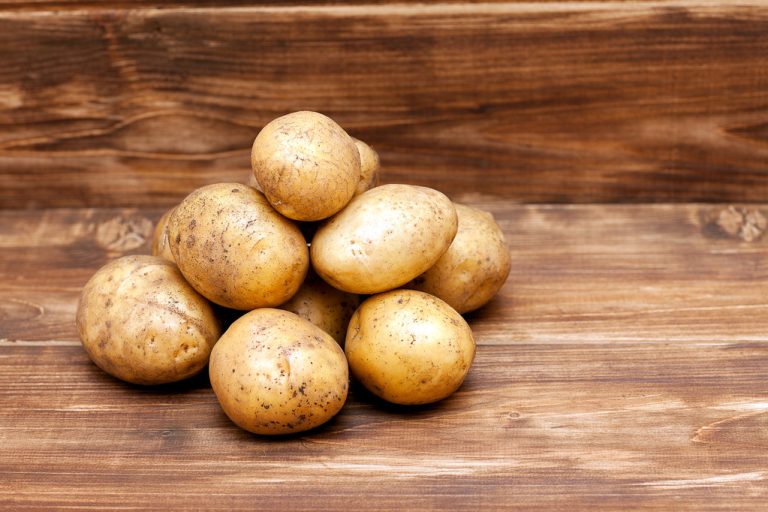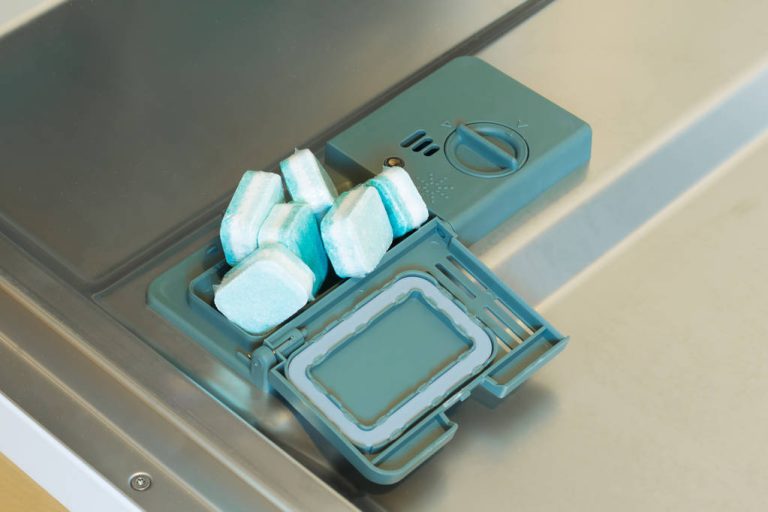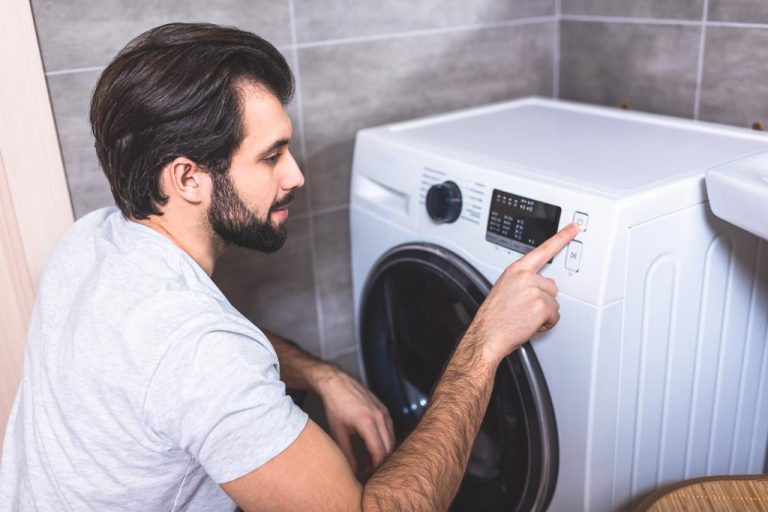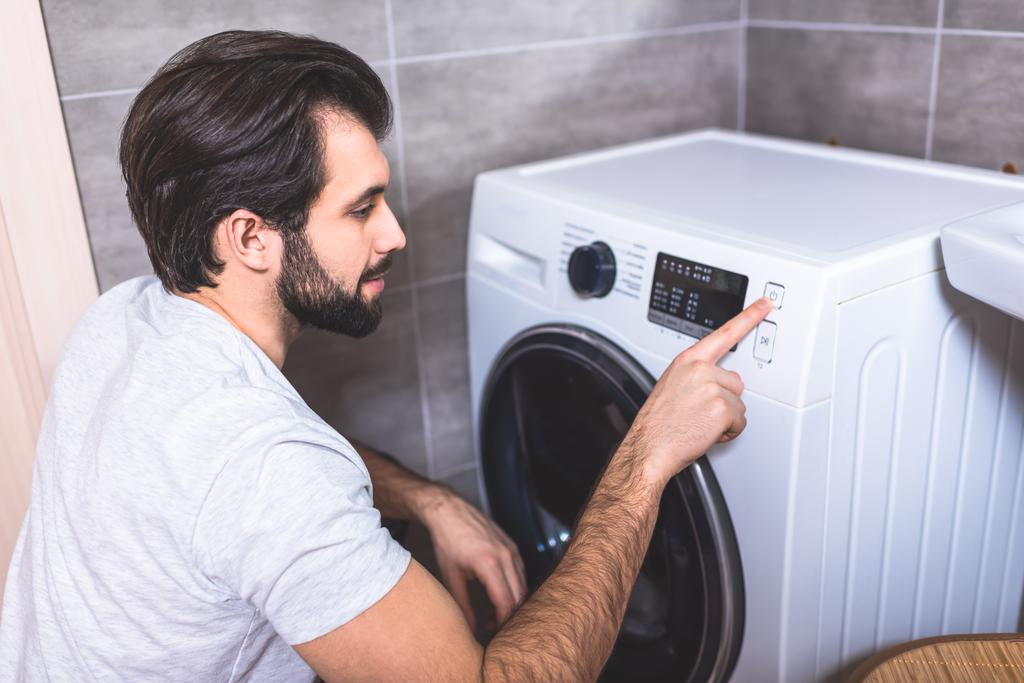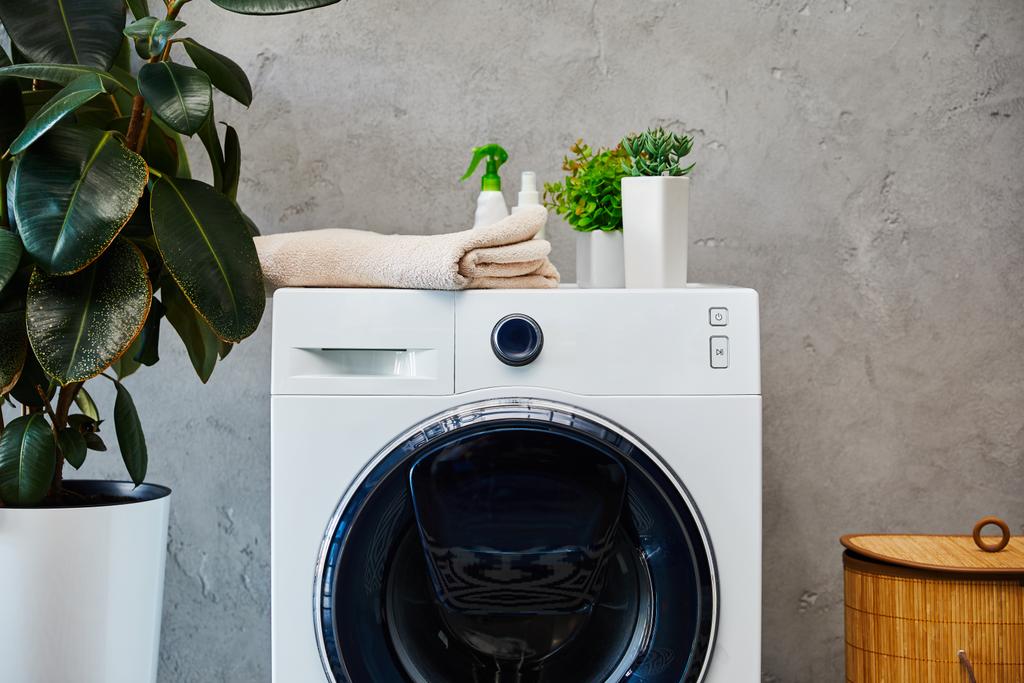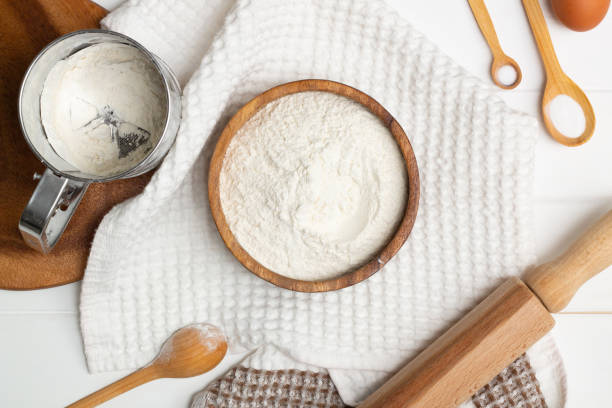A power failure in the house is always annoying. A quick look into the fuse box helps to find a solution. Did the fuse just blow or is the problem somewhere else?
Power failure can have many reasons
There can be many reasons for a power failure in the house. It is best to try to find out the causes step by step after the process of elimination. In the event of a severe storm, for example, a lightning strike, e.g. in a substation, can be responsible for leaving several households without electricity. So if you look out the window and everything is dark (in the evening), you probably won’t be alone with the power failure.
What is an RCD?
You may have heard the term “RCD” before. Colloquially, it is the designation for the residual current circuit breaker, which has been mandatory since February 1, 2009. Retrofitting does not necessarily have to be carried out in old buildings if the installation complied with the safety regulations of the time. However, if you significantly change or modernize such older electrical installations in an old building, retrofitting with residual current circuit breakers becomes a must. RCDs can therefore be found in newer houses or apartments in every electrical box. The “F” stands for error and the “I” corresponds to the formula symbol for current.
The FI switch breaks the circuit in the entire house as soon as an irregularity occurs in the mains. In a fraction of a second, the FI switch then switches off the current flow in the entire area. In order to be able to detect the irregularity, the current flowing in and out of the switch is continuously measured. Without a difference, the measured value is zero. However, if either more current flowing away or more current flowing in is measured, a difference arises, the RCD is triggered and the current flow is stopped.
If you can’t just turn the RCD that jumped out back on and it jumps right back, you should work through the cause of the error step-by-step.
How to deal with a power outage
First, turn off all fuses. They protect the power lines from overloading, for example, and switch off to prevent damage. If the electrician did a good job, you should be able to find a list on the inside of the electrical box door that shows the fuse assignments. Now try turning the RCD back on. If it flies out again immediately, you have to unplug all devices in the entire house or apartment from the power supply. If you still can’t turn the GFCI back on after this, you probably have a more complicated issue. Then it is advisable to call in an electrician you trust.
However, if the RCD turns on again after you’ve turned off all the fuses, you can just turn them on again one at a time. As soon as the FI switch flies out again, you have initially found the faulty circuit. In the kitchen, for example, this could be the fuses for the stove, refrigerator, dishwasher and sockets.
The next thing you have to do is find the device that is causing the fuse to turn off. Disconnect the devices in the faulty area (e.g. in the kitchen) from the circuit by simply pulling out all the plugs. Switch the RCD on again and gradually reconnect the devices to the mains. As soon as the FI switch switches off again, you have found the source of the power failure. If in doubt, the device or the socket is defective and must either be repaired or replaced.

When does the insurance pay?
A power failure can cause major damage in the house or apartment. Food can spoil, electrical devices such as televisions, PCs or laptops can break. Who is responsible for the damage in such a case? Basically, the polluter pays principle applies. The network operator is liable for damage caused by mains overvoltages in the event of a power failure. That’s what the Federal Court of Justice decided. In order to receive compensation, you must:
prove the direct connection between power failure and damage,
inform the network operator immediately (he is liable, not your electricity provider!),
document the damage with photos and, if necessary, name witnesses.
However, if the power failure was caused by force majeure, such as a lightning strike, the network operator is not liable. Whether your household contents insurance covers damage caused by a power failure, for example caused by defective appliances or sockets, depends on the contract. In the basic protection, a power failure does not usually represent an insured risk. However, this can be included in the insurance cover for a surcharge with many insurance companies.

